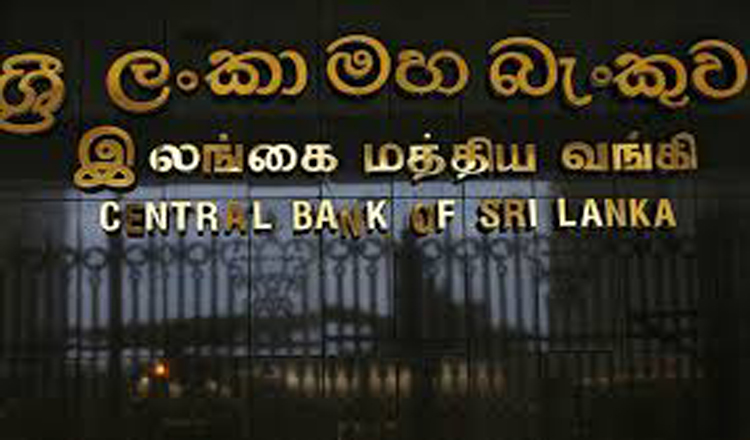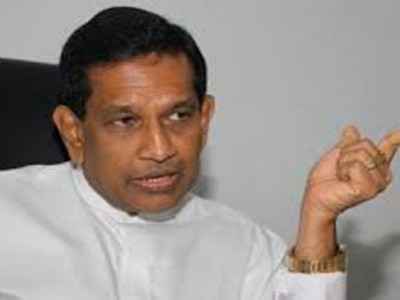(COLOMBO, LANKAPUVATH) –Sri Lanka’s Central Bank releasing the monetary policy review on Friday said based on the current developments and outlook for key macroeconomic variables, the Monetary Board of the Central Bank was of the view that the continuation of the current monetary stance is suitable.
Accordingly, the Monetary Board at its meeting held on 10 May has decided to maintain the Standing Deposit Facility Rate (SDFR) and the Standing Lending Facility Rate (SLFR) of the Central Bank unchanged at 7.25 percent and 8.50 percent, respectively while the Statutory Reserve Ratio remains at 7.50 percent.
In arriving at this decision, the Board took into consideration the recent global market developments, the macroeconomic impact of recent adjustments in administered prices, and the fact that more time is needed to assess the market and economic impact of the policy rate adjustment in April 2018.
The Board’s decision aims at stabilizing inflation in mid-single digit levels in the medium term, thereby contributing to a favorable growth outlook for the Sri Lankan economy, the Central Bank said.
Both national and Colombo inflation continued to decelerate to reach low single digit levels, as volatile food prices declined due to favorable domestic supply conditions while core inflation remained subdued indicating contained demand pressures, while inflation expectations continued to decline. However, the Bank expects a temporary uptick in inflation in the short term due to the impact of upward price revisions to domestic petroleum products, LP gas and milk powder.
Economic growth is expected to recover in 2018 after the sub-par growth performance in 2017.
“Forward looking indicators suggest an improvement in the economic performance on the back of the modest recovery in the Agriculture sector and continued positive momentum in the Industry and Services sectors,” the Central Bank said.
Build-up of official reserves continued amidst tightening global financial conditions. Exports have maintained the positive momentum with export earnings growing during the first two months of 2018 but import expenditure, largely driven by gold and vehicle imports, outweighed the exports earnings resulting in expansion of trade deficit. Earnings from tourism and workers’ remittances continued their growth performance so far during the year.
On account of tightening global financial conditions, the rupee denominated government securities market experienced a net outflow while the Colombo Stock Exchange (CSE) attracted net inflows so far during the year. Amidst these developments, the Central Bank recorded a net foreign exchange absorption of US dollars 458.5 million from the domestic market in 2018 up to end April.
With the successful issuance of the International Sovereign Bond (ISB) in April 2018 and foreign exchange purchases by the Central Bank from the domestic market, the gross official reserve position had improved to US dollars 9.9 billion by end April 2018, the record highest level in history.
So far during the year, the exchange rate had depreciated against the US dollar by 3.1 percent. The Central Bank intervened in the domestic foreign exchange market to mitigate excessive volatility in the exchange rate, and the rupee has shown signs of stabilization.




